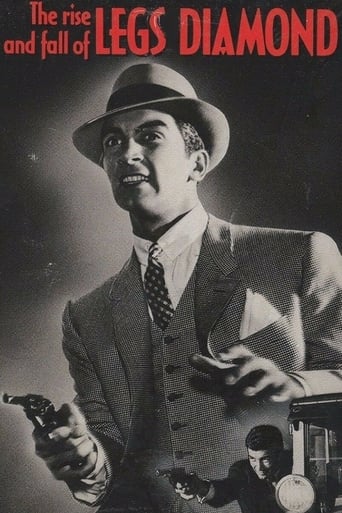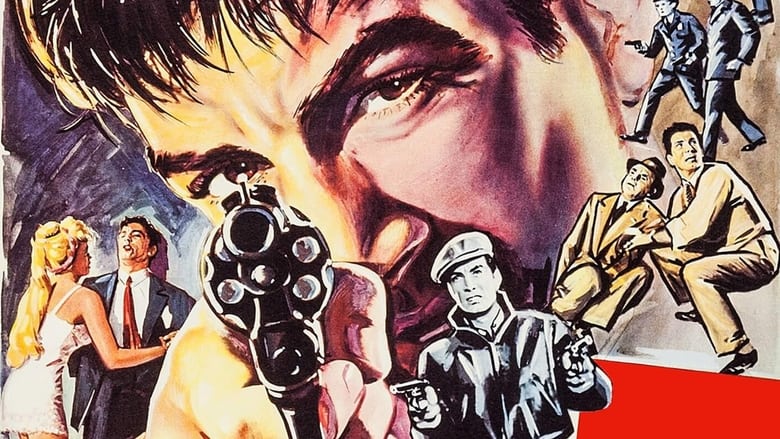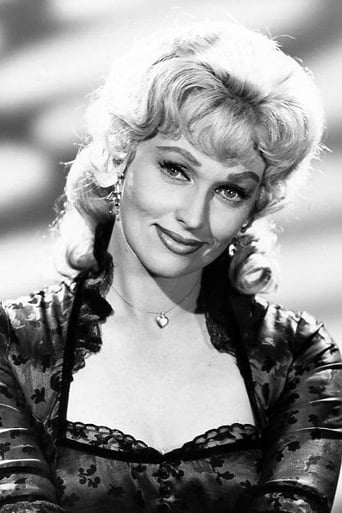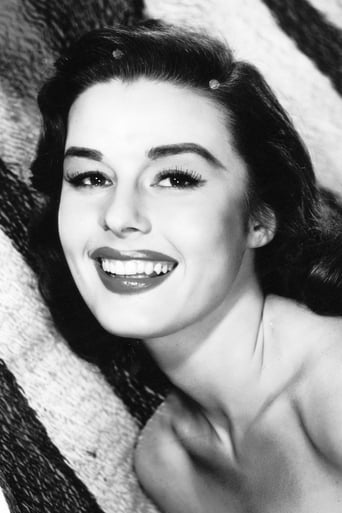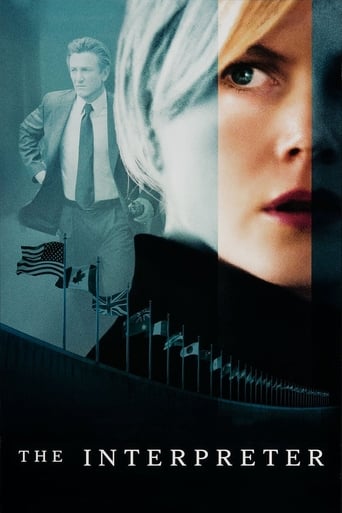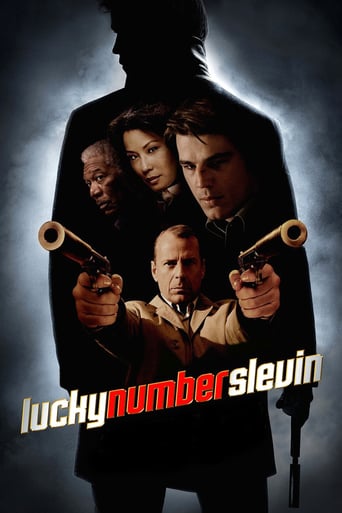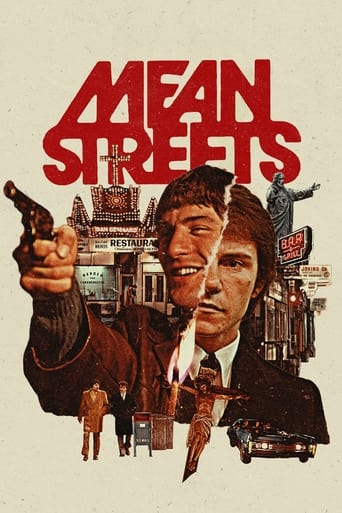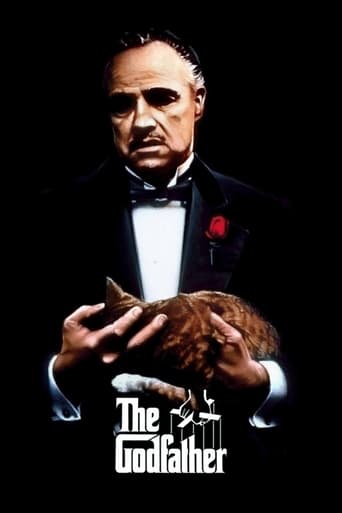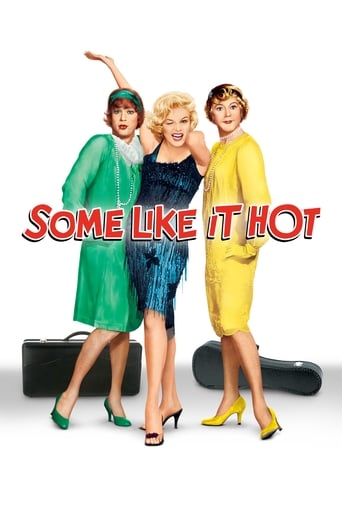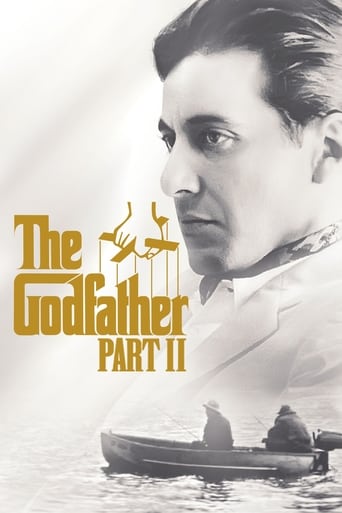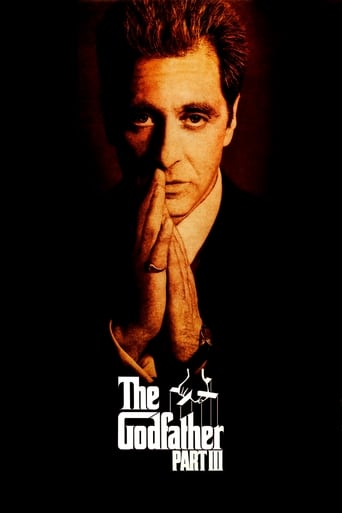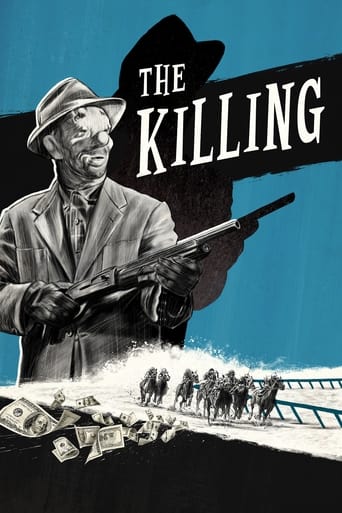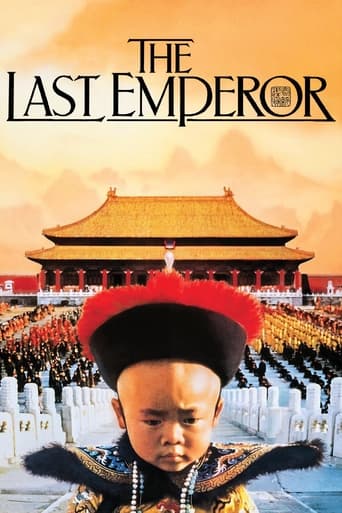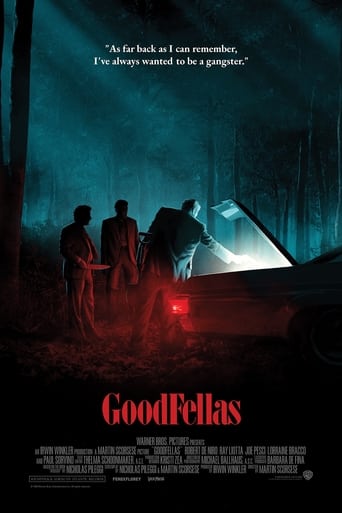The Rise and Fall of Legs Diamond (1960)
Jack Diamond and his sickly brother arrive in prohibition New York as jewelry thieves. After a spell in jail, the coldly ambitious Diamond hits on the idea of stealing from thieves himself and sets about getting close to gangster boss Arnold Rothstein to move in on his booze, girls, gambling, and drugs operations.
Watch Trailer
Cast


Similar titles
Reviews
best movie i've ever seen.
A Masterpiece!
Strong acting helps the film overcome an uncertain premise and create characters that hold our attention absolutely.
The movie turns out to be a little better than the average. Starting from a romantic formula often seen in the cinema, it ends in the most predictable (and somewhat bland) way.
After a run of intelligent and highly-regarded colour westerns, director Budd Boetticher made a remarkable about turn with this classic recreation of the roaring twenties. The Production Code was by 1960 losing its iron grip on Hollywood, and 'The Rise and Fall of Legs Diamond' came at just the right moment to recapture both the breezy amorality of the pre-Code crime films of thirty years earlier, while Lucien Ballard's crisp black & white photography vividly evokes the look of the era.The absurdly good-looking Ray Danton is unforgettable in the lead, and the amused charm he brings to the part rather subverts the film's message that he owed his fall to his lack of basic humanity, since you've spent most the film enthusiastically rooting for him
As the title states, the film follows the rise and fall of the 1920's narcissistic gangster, Legs Diamond.Warner Bros. certainly knew how to make gangster movies—Little Caesar (1930), Public Enemy (1931), High Sierra (1941)-- but this entry is a long way from these classics. It's a decent enough crime drama, but lacks the grit and menace of the classics. As a result, the story unfolds in entertaining but unmemorable fashion. Danton tries hard, snarling when he needs to, yet he may be a little too sleekly handsome to be convincing. After all, Cagney, Bogart, etc. were hardly matinée idols, and in a way that didn't clash with their expressions of toughness. Neither, however, is the movie helped by casting the faintly comical character Jesse White (Butch) as Legs' chief rival. Too bad the movie doesn't make better use of Warren Oates who's kind of shoved aside as Legs' sickly brother. He would have made an excellent toughie as his career later showed. Also, it's worth noting the film was directed by western ace Buddy Boetticher, who certainly knew how to drive action and suspense in his Ranown cycle of westerns. Here, however, he doesn't appear particularly engaged. For some reason the late 50's and early 60's were fascinated with real life gangster stories— Al Capone (1956), The Untouchables (1959-1963), Murder Inc. (1960), et. al. This 100- minutes is one of that cycle. But oh well, no matter what the movie's shortcomings, at least the girls provide plenty of eye candy.
There seems to be little connection between this story of "Legs" Diamond, who rose and fell, from bodyguard to mob boss to mob target in the 1920s, and the series of effective and inexpensive Westerns that Budd Boetticher had directed in the previous ten years. Too bad.The best of Boetticher's Randolph Scott Westerns has some good characterization and some occasionally fine dialog. Scott was always a taciturn man of principle who functioned as a kind of anchor for the other figures. The best of the stories had colorful villains and sidekicks like Lee Marvin and Richard Boone, outlaws with YEARNING.Alas, there is no Randolph Scott here. The central figure is Jack "Legs" Diamond, played by the marmorial Ray Danton, who was one of those actors, like Michael Ansara, much better at playing painted Sioux Indians than anything else. Karen Steele (Mrs. Boetticher at the time) is his loving wife for whom he cares nothing. She's a competent actress except when she needs to play a drunk, which is awful, and then she's one of those drunks that is embarrassing to watch.As for colorful villains, they're noticeably absent too. Oh, there are villains aplenty. Everybody is a villain or a weakling. But they're formulaic. They think of nobody but themselves. They have no unfulfilled desires, no spiritual qualities. Diamond himself sheds his friends, or vice versa. He even allows his crippled brother to die because his enemies are "getting to me through him." Well -- the bottom line is, if anybody makes you vulnerable, get rid of him.The best scene? Jesse White is a rival gangster who has tried to kill Diamond. White and his body guards visit an empty German restaurant, and, instead of the Dunkel that White ordered, Diamond emerges from the dumbwaiter carrying a Tommy gun. He makes White get on his knees and beg for his life while the poor guy is still trying to swallow his sauerkraut. It's the best scene in the movie in that it's the most amusing scene, but it's hardly memorable.After this production, Budd Boetticher was to go on a vision quest in Mexico where he wound up broke, living in roach-ridden motels and eating burritos. That's fine when you're in your teens or 20s but Boetticher was in his 40s. And that's a different story. To quote Philip Marlowe, "It was the kind of place I was always afraid I'd wind up in -- alone and broke." Still, a man of considerable probity, Boetticher will be remembered for those cheap Randolph Scott gem stones.
The Rise and Fall of Legs Diamond is Budd Boetticher's cold look at a cool customer. The low temperature extends to Lucien Ballard's crisply composed black-and-white cinematography and to Ray Danton's chilly assumption of the title role. With his `matinee-idol' looks and devil-may-care attitude, he prefigures another kind of `cool' that would arrive on screen a year or so later, that of James Bond.Like Bond, Diamond thinks faster than anybody around him; his quick wits and ready charm get him out of scrapes as a jewel thief who came down the Hudson from Albany to try his luck in Manhattan. But that luck fails him and he ends up doing a short stretch; when he gets out, he resolves to steal from only those who `can't call the police' - other criminals. And he starts his way up in the Arnold Rothstein operation.His fatal flaw is that he cares for nobody but himself, using people ruthlessly. The women in his life (Karen Steele, Elaine Stewart and the young Dyan Cannon) suffer particularly from their sub-zero lover, but even his sickly brother (Warren Oates) ends up cast out into the blizzard. Diamond's estrangement increases apace with his sense of his own invincibility; having survived, against all odds, a spray of bullets, he convinces himself that he can't be killed. He's wrong.Though he's right for Boetticher's conception of the part, Danton had less of a career than he might have. He appeared in a few late films in the moribund noir cycle (as the psychotic killer in The Night Runner and as the Aspirin Kid in The Beat Generation) but, after this film, worked mostly in European cinema (by which such names as Fellini, Bergman or Godard should not be inferred).Boetticher has a few noir credentials as well (Behind Locked Doors, The Killer is Loose) but seems uneasy in how, on the cusp of Camelot, to spin this jazz-age tale. He opts for detachment, structuring the movie as a choppy series of vignettes - almost tableaux - that don't flow (several of the incidents clamor for more explanation, but he leaves us to fill in the missing pieces). And finally, neither director nor actor gives a sound accounting of the changes in Diamond: How the winsome scoundrel of the opening turns into the cold-blooded shark of the finish.

